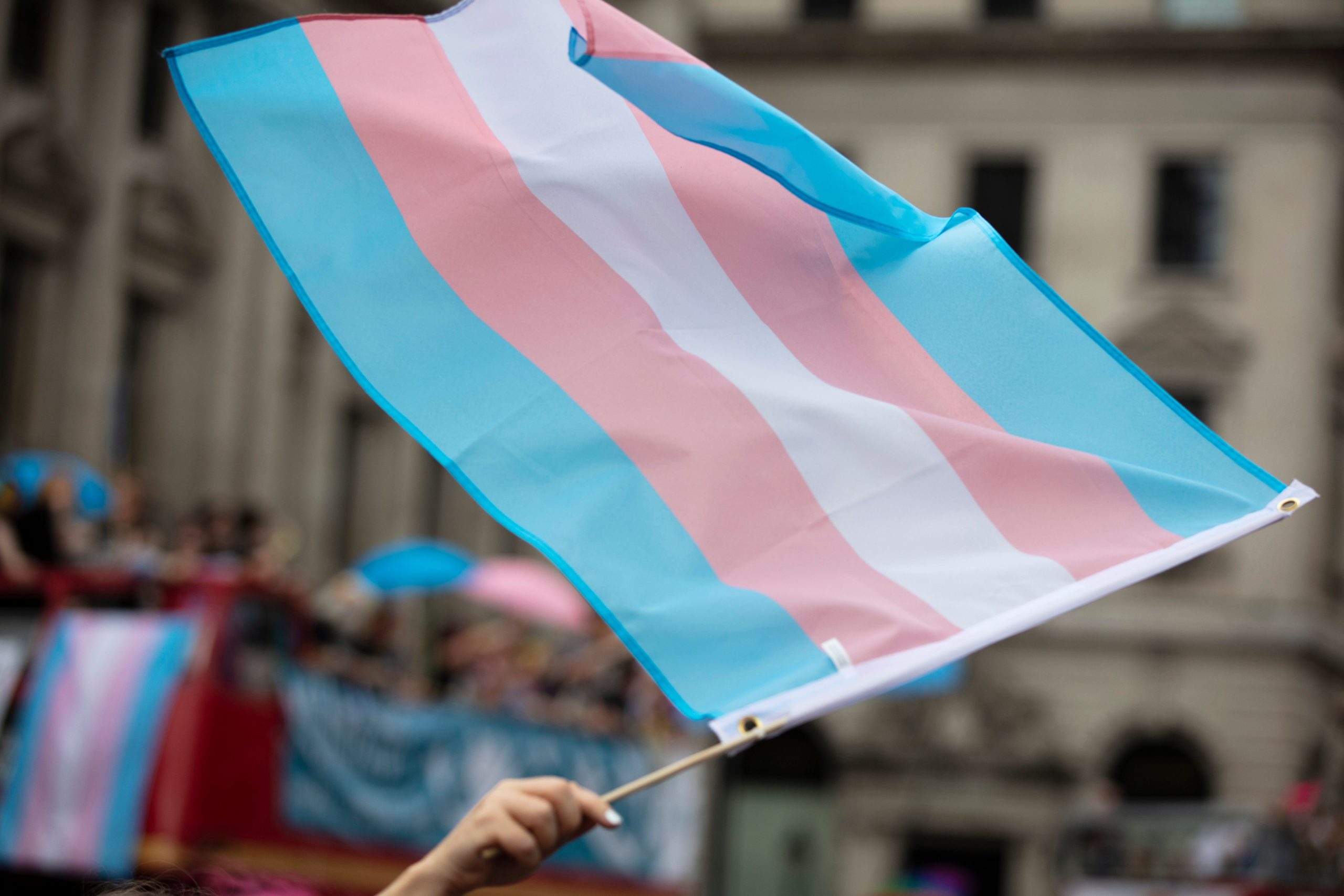
ink drop/AdobeStock
PSYCHIATRIC VIEWS ON THE DAILY NEWS
Last Friday, December 15th, as covered in the Washington Post article “50 years ago, psychiatrists stopped calling homosexuality a mental illness,” marked the anniversary when homosexuality began to be removed as a disorder from the DSM of the time.1 Over time, it then contributed to a general reduction of societal discrimination. Courageous gay citizens and psychiatrists led the way.
The evolution of the psychiatric diagnosis started in the first DSM in 1952, when homosexuality was defined as a sociopathic personality disorder. The erroneous etiologic assumption of the times was that male homosexuality was caused by inappropriate parenting, as in the psychoanalytic interpretation blamed an overbearing mother and distant father. Of course, using a term like sociopathic conveyed that they were also a danger to society. Fifty years ago, in 1973, a new diagnosis for those troubled by their sexual preference, called sexual orientation disturbance, at least eliminated the use of the term homosexuality.
When I was serving in the army from 1975-1977 and I was asked to confirm such a diagnosis, which would then lead to a dishonorable discharge and thereby obstacles for societal reintegration, I had to then carefully and ethically try to find alternative ways of responding for the mental well-being of the patients, patients being our first ethical priority.
In 1980, which was the same time when I was first trying to support the career development of psychiatric residents with homosexuality, the term homosexuality made a comeback with the reclassification of ego-dystonic homosexuality in DSM III. Any reference to homosexuality by any name was then removed entirely in 1987. In society, that was supplemented by the approval for gay marriage and other social advances, with an overall enhancement of mental health.
What happened over time with homophobia is thereby an example that social psychopathology can be addressed successfully over time with the activism of citizens and mental health professionals.
Working with transgender individuals during the late 1990s and early new millennium, as well as writing and speaking about them for Psychiatric Times over the years, I hoped and assumed that similar diagnostic changes would emerge for them. A gender-related diagnosis called transsexualism first appeared in DSM-III in 1980, with a corresponding childhood gender identity disorder. In DSM-IV, which came out in 1994, all variations of gender disorder became gender identity disorder. Akin to homosexuality, in DSM-5 in 2013, gender identity disorder was eliminated and replaced with gender dysphoria, sort of a parallel with ego-dystonic homosexuality. Even so, Denmark determined that any trans classification needed to be removed from mentally ill criteria in order to destigmatize transgender individuals. That has not occurred in the United States since. However, advances in understanding gender came to recognize the potential social fluidity of gender identity.
However, in the United States, as some societal and psychiatric advances were made in understanding gender identity variation, conservative political activism resulted in some states disallowing medical help in gender transitioning. Such societal discrimination could contribute to dysphoria, but not from the gender variation itself.
Now, we have the kind of gender backlash that is different from sexual preference history. A big difference is that gender identity often necessitated the physical changes that homosexuality did not. When I was working as a medical director of a clinic specializing in that population, this gender identity transition was desired and almost invariably successfully achieved for those as old as in their 50s and 60s. Clinical depression often dissipated. Given the social and physical challenges in transitioning, they were among the most courageous patients I ever saw, as they felt they needed to be who they always thought they were before they died. Now, there are potential psychiatric standards for processing such gender physical changes through adolescence, but some states refuse to legally allow such medical intervention.
Like with homosexuality, my recommendation would be like Denmark’s—that is, removing any variation of transgender psychiatric classification. However, because of the medical and surgical intervention necessary to merge body changes with brain gender identity, it should remain as a more general medical illness covered by insurance when such changes are desired, appropriately psychologically solidified, and carefully clinically confirmed.
Dr Moffic is an award-winning psychiatrist who specialized in the cultural and ethical aspects of psychiatry and is now in retirement and retirement as a private pro bono community psychiatrist. A prolific writer and speaker, he has done a weekday column titled “Psychiatric Views on the Daily News” and a weekly video, “Psychiatry & Society,” since the COVID-19 pandemic emerged. He was chosen to receive the 2024 Abraham Halpern Humanitarian Award from the American Association for Social Psychiatry. Previously, he received the Administrative Award in 2016 from the American Psychiatric Association, the one-time designation of being a Hero of Public Psychiatry from the Speaker of the Assembly of the APA in 2002, and the Exemplary Psychiatrist Award from the National Alliance for the Mentally Ill in 1991. He is an advocate and activist for mental health issues related to climate instability, physician burnout, and xenophobia. He is now editing the final book in a 4-volume series on religions and psychiatry for Springer: Islamophobia, anti-Semitism, Christianity, and now The Eastern Religions, and Spirituality. He serves on the Editorial Board of Psychiatric Times.
Reference
1. Beaulieu D. 50 years ago, psychiatrists stopped calling homosexuality a mental illness. The Washington Post. December 15, 2023. Accessed December 18, 2023. https://www.washingtonpost.com/history/2023/12/15/homosexuality-disorder-dsm-apa-psychiatry/#



